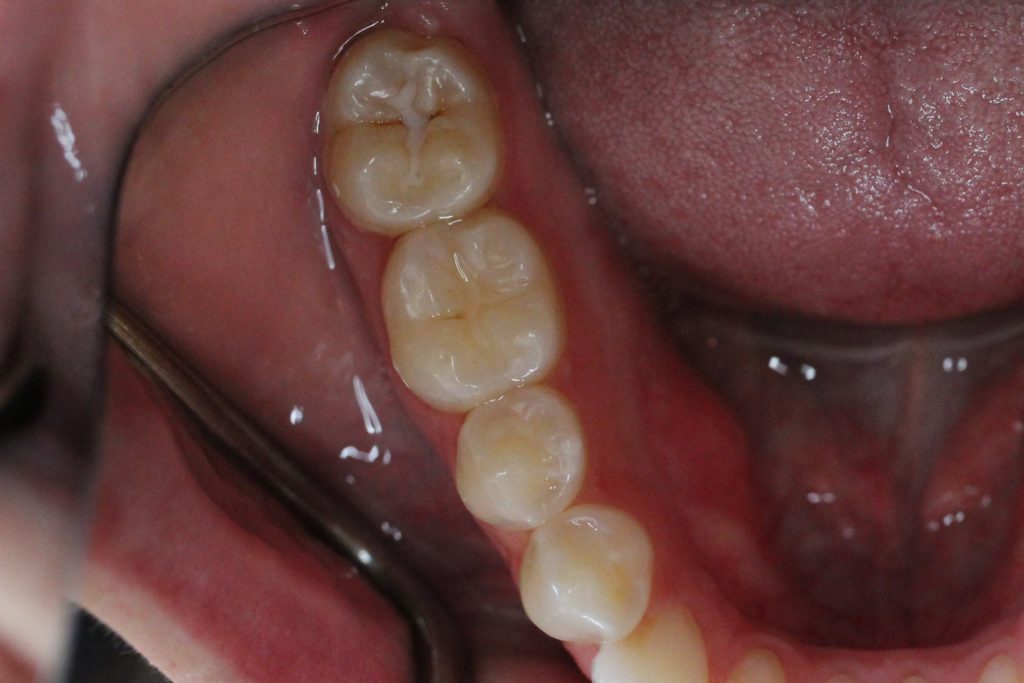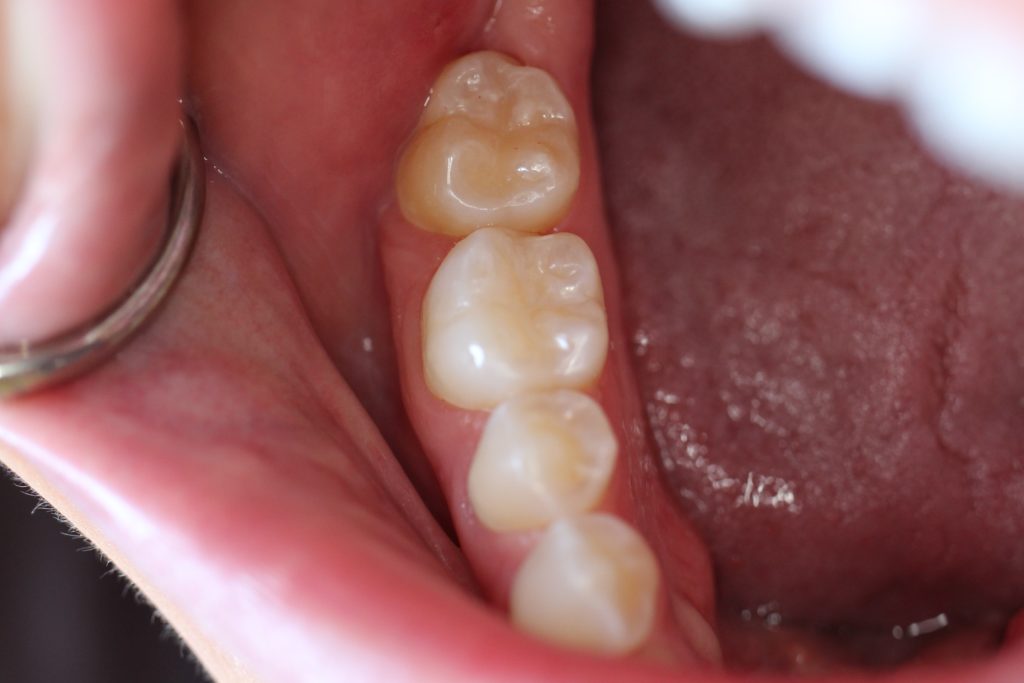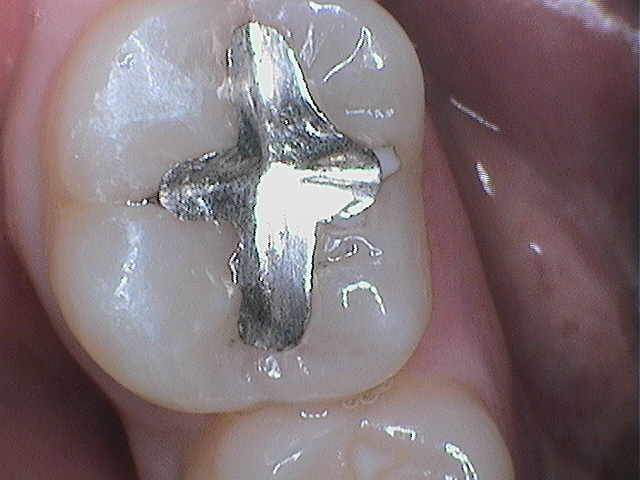White Tooth Fillings
Treating Your Cavities Using White Fillings
Fillings are the most common treatment for cavities.
Fillings are the most common treatment for cavities. Cavities are caused by decay and create holes in your teeth. They are easily treated but if left unchecked, can cause more severe oral health issues. The area surrounding the hole in your tooth will generally be dark brown or gray, so you can sometimes spot if you have a cavity.
The main culprits to blame for your cavity are certain types of bacteria in your mouth. These bacteria are contained in plaque and they interact with the carbohydrates and sugars in your food creating an acidic environment that dissolves the protective enamel on the outer layer of your tooth. Once the acid succeeds in eroding the enamel, your tooth is exposed, leaving just the softer dentin layer, which will ultimately cause the formation of a cavity. At this point the decay process rapidly speeds up and spreads deeper into the tooth.
Once you have a cavity, a filling is necessary because if left untreated the decay will eventually grow and will enter into your nerve canal resulting in a much more advanced treatment like a root canal. This can be very painful, lead to infection, abscess, and additional time and costs to repair.
Outside of cavity treatment, a filling may also be used to replace or repair an old or worn out existing filling or to fix a chipped tooth.
Composite Fillings (or Tooth Colored Fillings)
Gone are the days of only obvious silver or gold fillings. Composite is the filling material of choice when it comes to matching your tooth color. Composite fillings consist of plastic and glass particles that give them their more natural hue. They have become the most popular filling materials because they can match your existing tooth color and they also solidly bond to the tooth.
We first remove the decay from your tooth and apply a cleansing/anti-sensitivity liquid as a preventative step. Next we apply a bonding solution which is followed by the composite filling material. Composite is then hardened by applying a high intensity blue light, which only takes a few seconds.
Once the tooth is filled and the composite has hardened, the filling is checked to insure the proper shape and aesthetics. At this point any necessary adjustments are made and then voila! You have a beautiful, natural looking filling.
Post Care of New Composite Filling
It is very common to experience some discomfort following the filling procedure. This is usually at the site of the anesthetic injection or hot/cold sensitivity in the tooth itself. To alleviate the discomfort you can take an over the counter pain medication such as Advil that contains ibuprofen. If your symptoms persist then you should call us at Floss.
White Fillings Before and After
See our patients before and after results.





